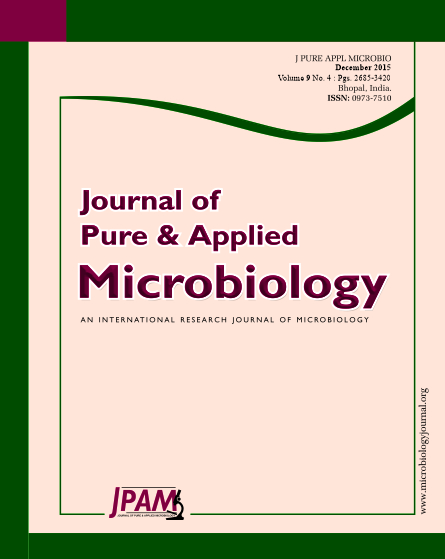Mesoporous silica nanoparticles (MCM-41) have an ability to increase the solubility of poorly soluble drugs. In this study, MCM-41 was synthesized. Afterward, Itraconazole (ITZ) was loaded into MCM-41 and then was wrapped by chitosan. The synthesized nanoparticles were characterized. Controlled release of ITZ from the MSNITZ and MSN-ITZ-CHI was evaluated in hydrochloride acid buffer (pH: 1.2) and phosphate buffer saline (pH: 7.4). Antifungal and cytotoxic activities of MSN-ITZ and MSN-ITZ-CHI were evaluated. Amount of loaded ITZ into MCM-41 was determined 85%. The properties of MCM-41 and loading procedure revealed high performance of the drug loading and release studies. The release profiles of MSN-ITZ were 60% in HCl medium and 40% in PBS medium. Data demonstrated more efficient and rapid release of ITZ from MSN-ITZ. Minimum inhibitory concentrations of MSN-ITZ and MSN-ITZ-CHI, on Candida albicans and Aspergillus fumigatus showed 0.25 and 0.5 µg/ml with low concentration and more inhibitory effects in comparison to the ITZ. MSN-ITZ and MSN-ITZ-CHI revealed lower toxicity in comparison to the pure drug on the cell viability of TC1 cell line (P<0.05). It could be concluded that the MSN-ITZ and MSN-ITZ-CHI nanoparticles have promising advantages for enhancing antifungal effects and drug delivery studies of itraconazole.
Aspergillus fumigatus, Candida albicans, Itraconazole, MCM-41, Mesoporous Silica Nanoparticles.
© The Author(s) 2015. Open Access. This article is distributed under the terms of the Creative Commons Attribution 4.0 International License which permits unrestricted use, sharing, distribution, and reproduction in any medium, provided you give appropriate credit to the original author(s) and the source, provide a link to the Creative Commons license, and indicate if changes were made.


